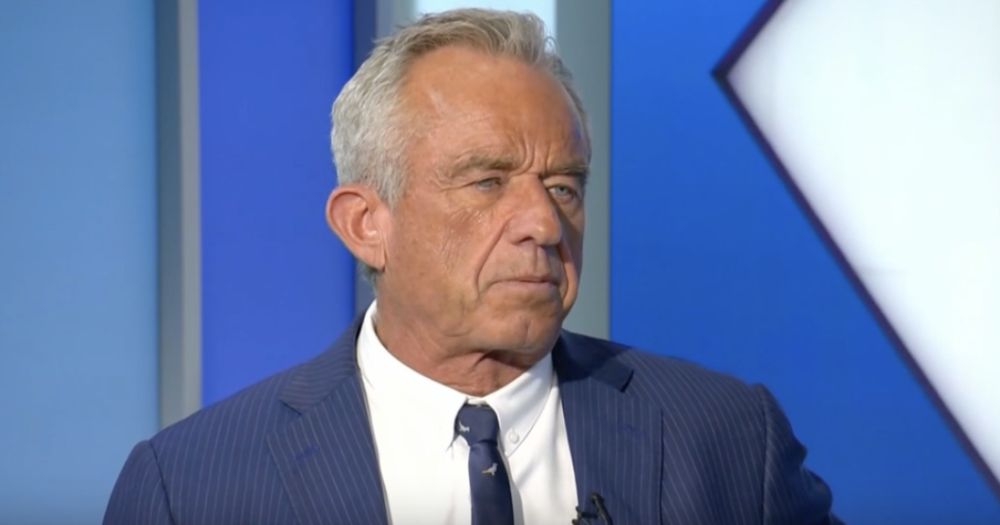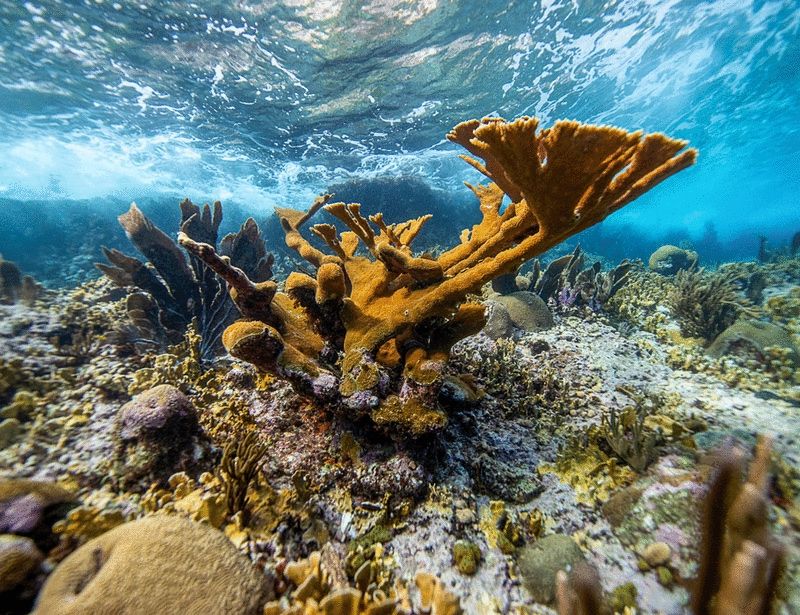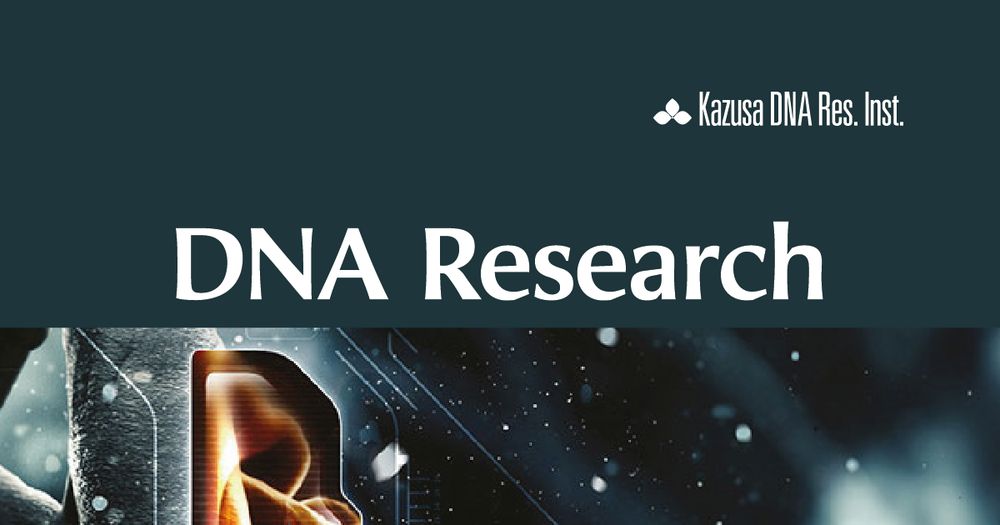Erin Chille, M.S. 🧬🪸🧪
@erinchille.bsky.social
470 followers
530 following
26 posts
Ph.D. Candidate Bhattacharya Lab @RutgersEENR; M.S. #PutnamLab @uricels; @ICRSreefstudent
#omics, #ecophysiology, and #Coral #Reef #Resilience
Posts
Media
Videos
Starter Packs
Reposted by Erin Chille, M.S. 🧬🪸🧪
Reposted by Erin Chille, M.S. 🧬🪸🧪
Reposted by Erin Chille, M.S. 🧬🪸🧪
Reposted by Erin Chille, M.S. 🧬🪸🧪
Moshi
@fishymoshi.bsky.social
· Aug 21

Highly and lowly domesticated endangered fish from a conservation hatchery diverge in their thermal physiology, transcriptome, and methylome
Conservation hatcheries aim to produce fish for supplementation of wild populations, but hatchery environments may drive phenotypic divergence from wild fish. These diverged traits may have reduced fi...
www.biorxiv.org
Reposted by Erin Chille, M.S. 🧬🪸🧪
Yi-Jyun Luo
@yjluo.bsky.social
· Aug 18

Conservation of bilaterian genome structure is the exception, not the rule - Genome Biology
Species from diverse animal lineages have conserved groups of orthologous genes together on the same chromosome for over half a billion years since the last common ancestor of bilaterians. Although no...
doi.org
Reposted by Erin Chille, M.S. 🧬🪸🧪
Reposted by Erin Chille, M.S. 🧬🪸🧪
Reposted by Erin Chille, M.S. 🧬🪸🧪
Carl T. Bergstrom
@carlbergstrom.com
· Aug 12

RFK Jr. in interview with Scripps News: ‘Trusting the experts is not science’
HHS Secretary RFK Jr. sat down with Scripps News for a wide-ranging interview, discussing mRNA vaccine funding policy changes and a recent shooting at the Centers for Disease Control and Prevention.
www.scrippsnews.com
Reposted by Erin Chille, M.S. 🧬🪸🧪

















